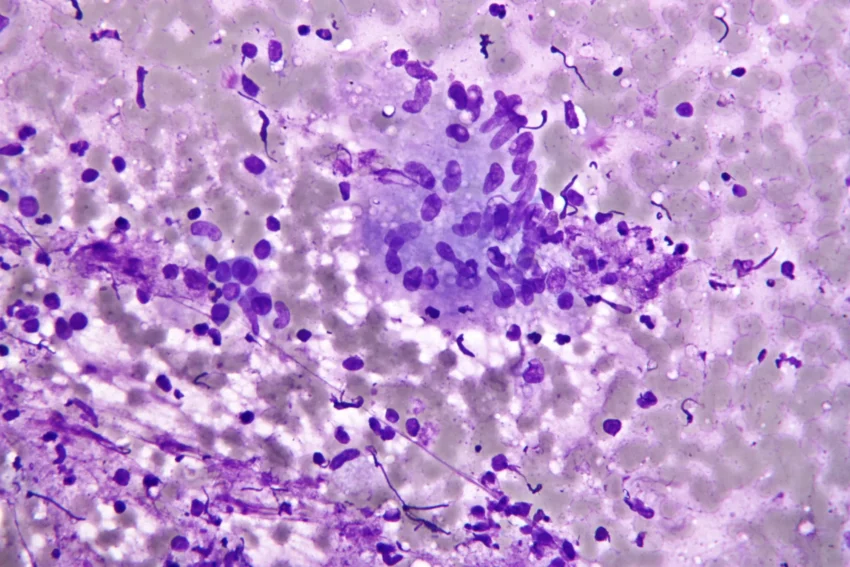Market Overview:
Histology is a branch of pathology and biology that deals with the microscopic examination of tissue sections for diagnostic or research purposes. Cytology is a branch of pathology that studies and diagnoses disease through examination of cells obtained from body fluids, aspirates, or brushes. Histology and cytology are important tools in disease diagnosis and research. Advances in tissue processing and staining techniques have made histopathological examination more reliable and comprehensive. Automated analyzers and consumables for histology and cytology procedures offers reproducibility and accuracy needed in clinical diagnostics.
Market key trends:
One of the key trends in the histology and cytology market is the increasing adoption of digital and virtual pathology. Technologies like whole slide imaging allows digitization of entire glass slides at high resolutions, enabling remote examination and conferencing of cases globally. This benefits education and quality assurance. Advancements in automation is another trend, with adoption of automated tissue processors, microtomes, and digital imaging systems streamlining workflow in diagnostic labs. Adoption of 3D-imaging and AI-based image analysis is gaining traction and helping in detection of anomalies with high accuracy. Growing cancer burden worldwide is driving the need for advanced diagnostic tools in histology and cytology, supporting market growth over the forecast period.
Porter’s Analysis
Threat of new entrants: The histology and cytology market requires high initial investments for setting up manufacturing units and R&D facilities. Also, the dominance of key players makes it difficult for new players to gain significant market share.
Bargaining power of buyers: The bargaining power of buyers is high due to the presence of several product alternatives in the market. Buyers can negotiate over price and demand additional features into diagnostic devices.
Bargaining power of suppliers: Major players require high-quality raw materials and reagents from suppliers at competitive prices. However, the availability of substitute materials and reagents limits suppliers’ bargaining power.
Threat of new substitutes: Technological advancements enable the development of novel diagnostic techniques like liquid biopsy, which can potentially replace histology procedures. This increases the threat of substitution.
Competitive rivalry: The histology and cytology market is highly competitive due to the presence of major global players. Players compete based on product price, quality, and innovations.
Key Takeaways
The Global Histology And Cytology Market Demand is expected to witness high growth, exhibiting a CAGR of 13% over the forecast period, due to increasing preference for minimally invasive diagnostic techniques.
Regional analysis
North America dominates the histology and cytology market and accounts for the largest revenue share. This can be attributed to the growing geriatric population, robust healthcare infrastructure, and advanced diagnostics adoption in the region. Asia Pacific is expected to be the fastest-growing market led by nations such as China and India. This is due to rising healthcare expenditure, healthcare reforms, and increasing patient awareness in the region.
Key players
Key players operating in the histology and cytology market are Abbott, Hologic Inc., Becton, Dickinson and Company, Southwest Precision Instruments, LLC, F. Hoffmann-La Roche Ltd, Sysmex Corporation, Thermo Fisher Scientific Inc., Danaher, Life Technologies Corporation, Merck KGaA, Koninklijke Philips N.V., Perkin Elmer, and Trivitron Healthcare.
Note:
1. Source: Coherent Market Insights, Public sources, Desk research
2. We have leveraged AI tools to mine information and compile it

